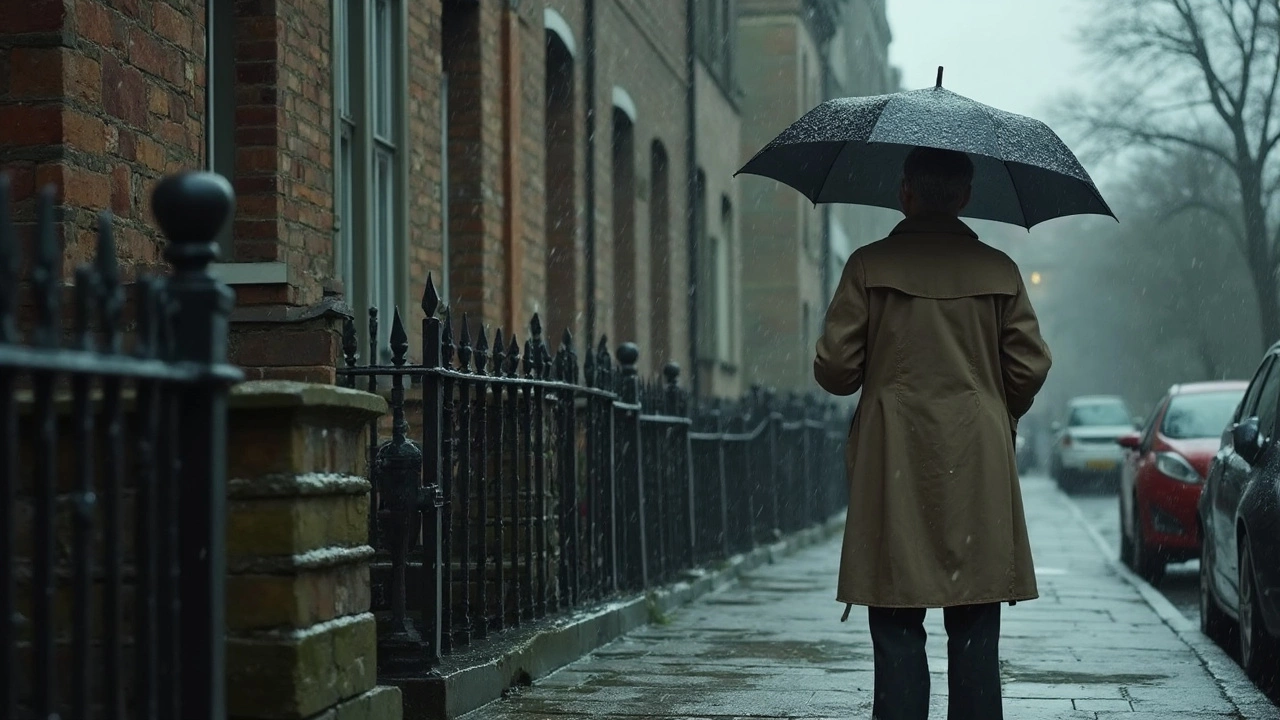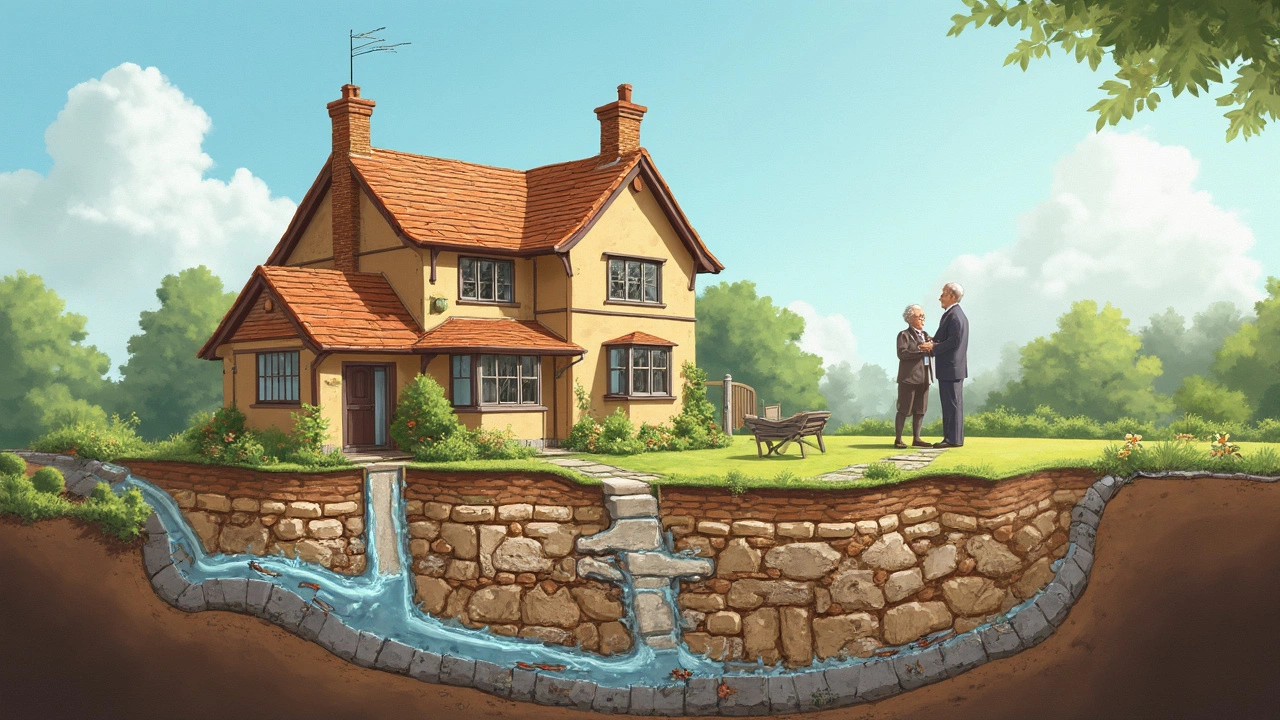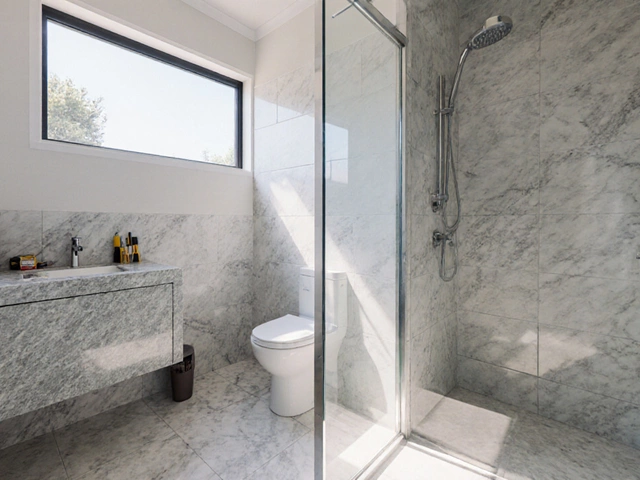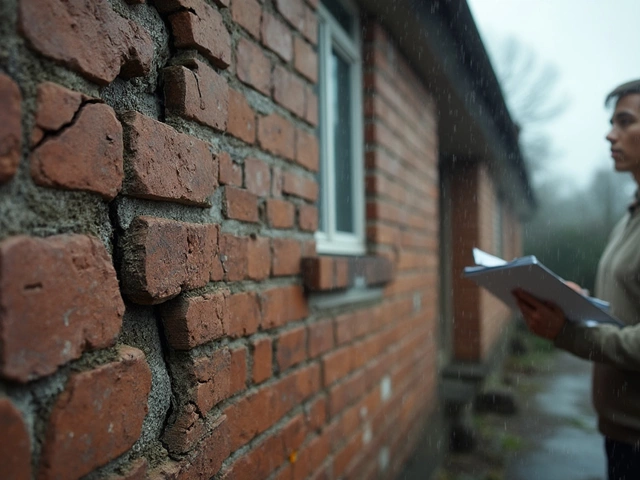
Homeowners insurance is like a safety net we hope never to use. But when it comes to foundation leaks, it’s crucial to know what's covered. The most common question homeowners ask is if their standard policy includes this type of damage. The answer isn't as straightforward as you might think.
First, let’s break down the basics. Most policies cover sudden and accidental damage. So, if a catastrophic event causes a leak, there’s a good chance you’re covered. But here’s the snag: normal wear and tear or maintenance issues usually aren't. Yep, that means if the leak is due to gradual shifting or poor upkeep, you might be on your own.
But don't despair! Understanding your specific policy is step one. Look for detailed mentions of foundation damage, water damage, or structural issues. These cues will lead you to how much help you can expect from your insurer when it comes to foundation leaks.
- Understanding Homeowners Insurance Policies
- When Foundation Leaks Are Covered
- Exclusions and Limitations
- Steps to Take When Not Covered
- Tips for Preventing Foundation Issues
Understanding Homeowners Insurance Policies
Diving into the world of homeowners insurance, you quickly realize it's not just a one-size-fits-all deal. These policies are a complex web, covering various aspects of your home—foundation leaks included, sometimes. But how do you know what's what?
First off, a standard homeowners policy generally covers a range of perils—think natural disasters like storms or fires, which can suddenly wreck havoc on your home's structural integrity. If your foundation leak can be traced back to an insured peril, you might be breathing a sigh of relief.
Key Coverage Areas
Most policies are split into a few essential parts:
- Dwelling coverage: This is your home’s shell—walls, roof, and yes, the foundation. It primarily covers damage from specific events.
- Personal property coverage: While this is about your stuff—electronics, clothes, furniture—it points to overall coverage principles.
- Liability protection: It handles legal stuff, like if someone gets hurt on your property, offering a peek into your policy's broader coverage arc.
Common Policy Terms
No one likes spare jargon when it comes to insurance. Here are some terms you’ll often see:
- Perils: Simply put, these are risks. The more perils your policy covers, the broader your protection.
- Exclusions: These are the 'not laters'. Gradual damage or poor maintenance usually files under exclusions, which sadly include a lot of foundation issues.
- Deductibles: This is your out-of-pocket cost before coverage kicks in. It’s a balancing act between premiums and what you can afford upfront.
Why Knowing Matters
Understanding your policy means fewer surprises and a firmer footing when leaks happen. It’s all about reading the fine print. And remember, if things seem fuzzy, your insurance agent is there to help out.
Stats Speak
For a clearer picture, consider this data on typical claims for foundation repairs via homeowner policies:
| Incident | Percentage of Claims Approved |
|---|---|
| Damage from Major Storms | 60% |
| Gradual Wear and Tear | 15% |
| Sudden Pipe Bursts | 75% |
This table underscores the varying approval rates and how sudden incidents often have higher chances for coverage. Your policy specifics dictate where you land, so get familiar, ask questions, and check details!
When Foundation Leaks Are Covered
So, you're dealing with a leak in your foundation, and you're wondering if your homeowners insurance has your back. It all hinges on the cause of the leak. Let's break it down simply.
Most insurance policies tend to cover foundation leaks if they result from an unexpected incident. Think along the lines of water damage from a burst pipe or a disaster like an earthquake if you've got that extra coverage. These are sudden events, and that's key. Insurance companies don't usually leave you high and dry for these situations.
If the Leak is a Surprise...
Say there's a leaky pipe you didn't know about actively drenching your foundation — that's probably covered. It falls under the ‘sudden and accidental damage’ category. In most cases, the repair of damage resulting from floods, for instance, isn't covered unless you've got a specific flood insurance policy.
When Mother Nature Strikes
If you live in an earthquake-prone area, you're likely to have some form of protection through separate earthquake insurance. This could cover foundation repair arising from such events. As for hurricanes or tornadoes, your standard policy might help if that's what caused the damage.
Check Your Policy
Let’s not kid ourselves; insurance jargon is tough. But take the time to read through the ‘covered perils’ of your policy. Look for those keywords like 'water damage,' 'sudden incidents,' or even specific natural disasters that could lead to a covered leak.
Finally, it's worth mentioning again: this coverage varies vastly. Some insurers have been known to cover specific structural issues if they deem them non-preventable and caused by an unavoidable accident. Always clarify the unique terms with your provider!

Exclusions and Limitations
When it comes to insurance, exclusions and limitations are just what they sound like – the things your insurance doesn’t cover. In the context of foundation leaks, these exclusions can be a bit of an eye opener. Most policies tend to skip over gradual wear and tear or issues due to poor maintenance. So, if your foundation problems creep up slowly or result from delayed repairs, your standard policy might not pick up the tab.
Another big exclusion to watch for is damage caused by natural settling or movement beneath your home. Over time, soil moves—it's a fact of life. Unfortunately, it's usually listed under 'not our problem' in many homeowners insurance policies.
Common Exclusions
- Wear and Tear: Regular aging or deterioration of your home's foundation.
- Acts of Negligence:If you knew about an issue and didn’t fix it, don’t expect coverage.
- Flood Damage: Usually requires separate flood insurance.
- Earthquakes: Like flooding, these events often need their own policy.
Insurance coverage doesn’t typically extend to preventable issues or issues declared as pre-existing, either. That crack you ignored in hopes it wouldn’t get worse? Not covered. The best way to know for sure? Talk to your insurance agent and get the specifics for your coverage.
Consider taking the time to check if you need additional policies for earthquakes or flooding. Sure, it might feel like an extra expense now, but that peace of mind is worth it if Mother Nature gets a bit rambunctious.
Steps to Take When Not Covered
Finding out that your homeowners insurance won't cover the cost of repairing foundation leaks is a real bummer. But instead of throwing in the towel, there are proactive steps you can take.
Assess the Damage
First, accurately assess the scope of the problem. It’s crucial to have a professional evaluation to understand what you’re dealing with. A reputable foundation repair company can give you a detailed report, so know the exact nature and extent of the damage.
Create a Repair Plan
Once you know what you're up against, time to plan the repair. Gather multiple quotes from trusted companies. Ask about different repair options. Some methods might be more affordable yet effective depending on the type of leak.
Explore Financing Options
Not having insurance coverage means you’ll need to cover costs in other ways. Consider financing plans offered by repair companies. Many provide payment arrangements to help make the expense manageable. Additionally, check if options like home equity loans or lines of credit work for you.
Consider Assistance Programs
You might be eligible for grants or assistance programs that help with home repairs. Look into local government or nonprofit services that offer financial aid for necessary home repairs. They might just give you the boost you need to fund those foundation repairs.
Prevent Future Issues
Once you fix the current problem, prevent future leaks. Regular maintenance and inspections are key. Ensure proper drainage around your home and fix any minor problems before they become major headaches.
Stay Informed
Lastly, stay clued up about what homeowners insurance usually covers and what it doesn’t. Knowledge is power! This way, you’ll be better equipped in the future to handle any unexpected surprises—foundation-related or otherwise.
By staying proactive, you can manage foundation leaks efficiently and keep your home in shape without the financial stress.

Tips for Preventing Foundation Issues
Foundation issues might seem like an inevitable part of owning a home, but there’s a lot you can do to prevent them. These little proactive steps can save you a heap of trouble down the road. So, let’s jump into some practical tips to keep your foundation solid and leak-free.
Maintain Consistent Moisture Levels
The key to avoiding foundation leaks often lies beneath your feet. The soil around your home plays a huge role in your foundation’s health. If it’s too dry or too wet, you’re setting up for trouble. Water your lawn consistently but be cautious not to overdo it. Use a soaker hose during dry spells to prevent the soil from shrinking too much.
Proper Drainage is Essential
Poor drainage is like an invitation for foundation issues. Ensure your gutters are free of debris and your downspouts are directing water at least five feet away from your house. If you notice puddles forming near your home, consider grading the yard to slope away from the foundation.
Be Smart About Planting
Tree roots are notorious for wreaking havoc on foundations. When planting new trees or shrubs, choose their placement wisely. Keep larger varieties at a safe distance – usually at least the radius of their mature canopy. This prevents roots from creeping too close and affecting the stability of your foundation.
Regular Inspections
The sooner you catch a problem, the easier it is to fix. Conduct a regular walk-around inspection of your home. Check for any cracks in walls, floors, or the foundation itself. If you spot something suspicious, even if it's small, don’t hesitate to get a professional opinion.
Invest in a Foundation Report
Consider getting a professional inspection at least once every few years. A detailed report can provide peace of mind and help you understand any evolving issues. This data can be crucial when discussing insurance coverage or planning future maintenance.
To wrap it up, a little care goes a long way. Keeping an eye on moisture levels, ensuring proper drainage, and staying on top of inspections can ward off pesky foundation problems. Remember, taking preventative steps today can save a lot of hassle and cost in the future!




